One of the great trends in the easy availability of video transfers is the groups of folks that have been digitizing and uploading old 8mm and 16mm shorts for public availability. These are often odd home movies or ephemeral shorts, and while it’s great to have such obscure pieces of media available as a way of peeping into a tiny crack of culture, they’re not necessarily something worth pointing out.
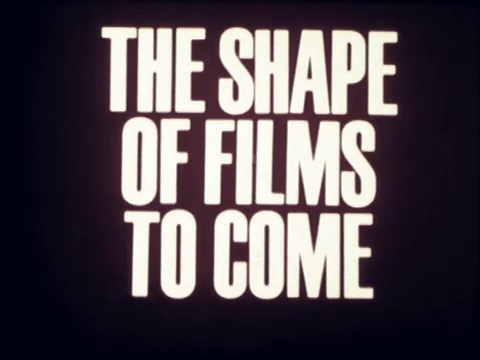
Every once in a while, however, an exception pops out. That’s the case in the 1968 16mm short THE SHAPE OF FILMS TO COME, recently digitized and uploaded by YouTube user unpopulararts. Essentially a 23-minute educational news short, SHAPE (no doubt taking its name from the iconic song used in the same year’s WILD IN THE STREETS rather than the H.G. Wells book) is a report on the new trends in film as displayed at 1967’s International and Universal Exposition in Montreal, better known as “Expo 67.”
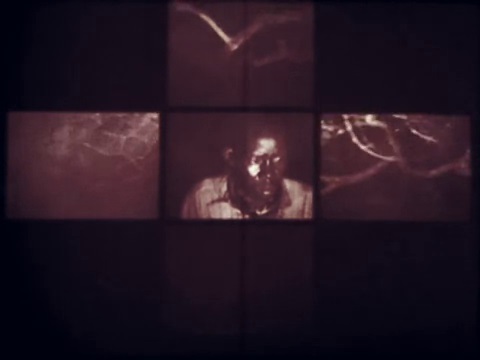
These trends aren’t looks at upcoming studio releases, mind you – SHAPE instead takes a look at the technologies on the rise, emphasizing experimental films and filmmakers genuinely playing with the idea of what film can be. As a result, SHAPE features glances at a number of cinematic curiosities that most viewers will no doubt never even have a chance to see, due to the projection (and interaction) limitations of theaters and home video.
The first batch of profiles simply looks at works that use multiple screens, including IN THE LABRYINTH, which split the elements across five different screens in a cross shape. (A 1979 re-release issued it in a single screen, more amenable to theater and television viewing.) There are also sequences featuring experimental animator John Whitney and his family, along with filmmaker Stan Vanderbeek, with clips of them at work.
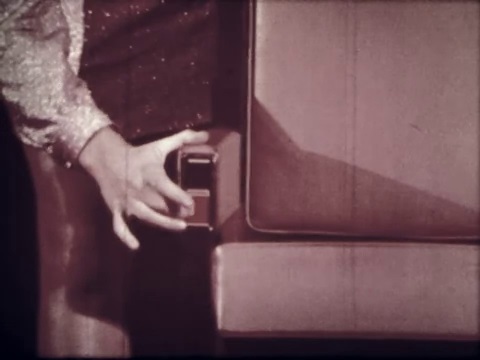
The most fascinating sequence, however, involves the premiere screening of the rare KINOAUTOMAT, a Czech “choose your own adventure” film in which the audience, armed with a pair of buttons, is allowed to choose where the film goes at various intervals. It’s a great look at such a bizarre, William Castle-worthy gimmick film, and as the film has only been screened eight additional times in the intervening years, it may be the only chance you’ll ever have to see a clip of it in action.
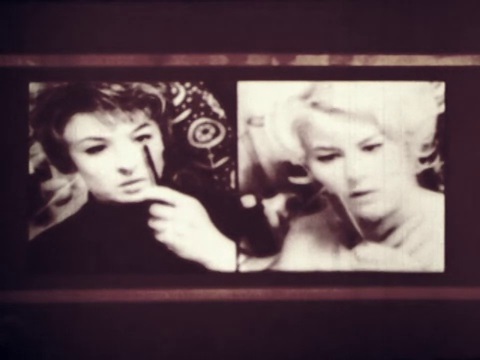
The remainder of SHAPE is equally interesting, with a look at Ed Emshwiller’s 1965 film-and-dance collaboration BODY WORKS, computer animation and a look at 70mm film’s split screen techniques that would become popular with WOODSTOCK. It ends with an optimistic rumination that “in the 21st century, true 3-D films will be a reality.” While they were certainly right in some respects, it’s curious to see how the technologies of multiple dimensions and interactivity were attempted in an earlier era.
- JIM WYNORSKI RETURNS WITH THE CREATURE FEATURE ‘GILA’ - May 1, 2014
Tags: 16mm, 3D, Animation, Columns, Film History, Innovations, shorts, Technology, The 1960s

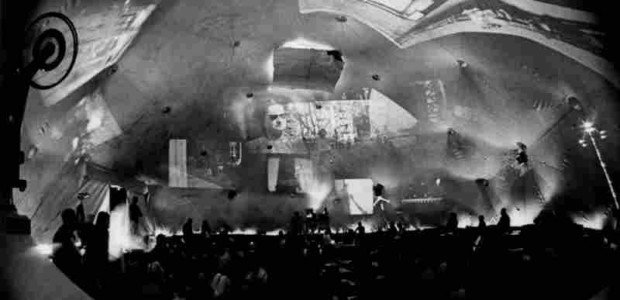

No Comments